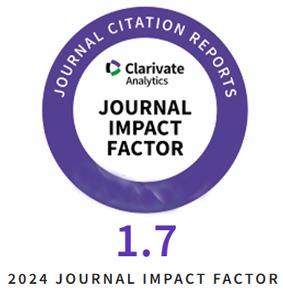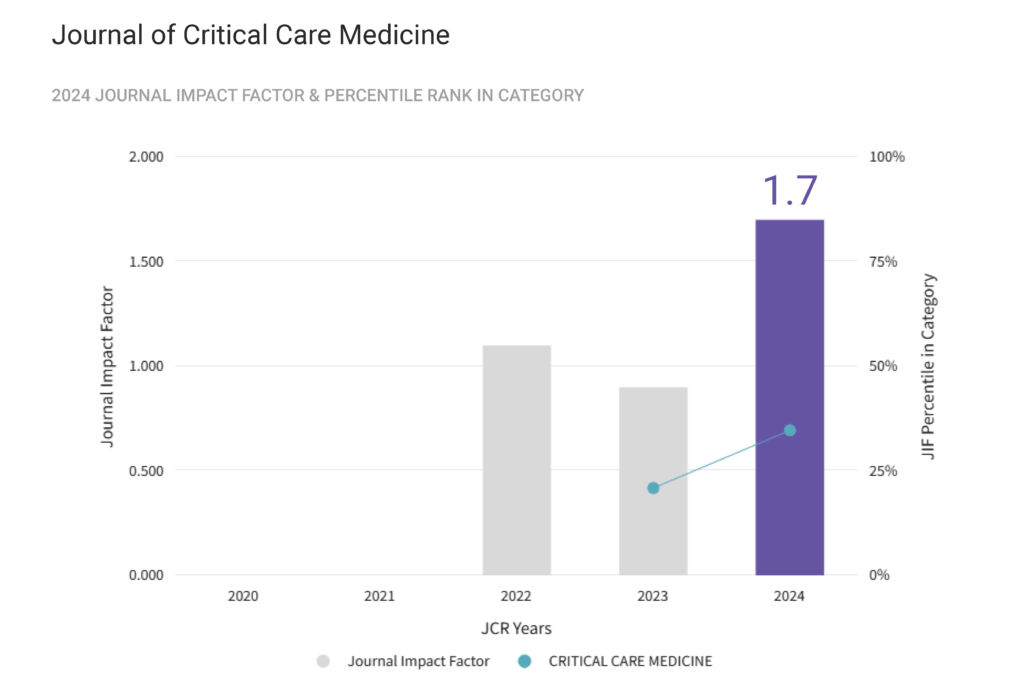Introduction: Determining the optimal timing for extubation in critically ill patients is essential to prevent complications. Predictive models based on Machine Learning (ML) have proven effective in anticipating weaning success, thereby improving clinical outcomes.
Aim of the study: The study aimed to evaluate the predictive capacity of five ML techniques, both supervised and unsupervised, applied to the spontaneous breathing trial (SBT), objective cough measurement (OCM), and diaphragmatic contraction velocity (DCV) to estimate a favorable outcome of SBT and extubation in critically ill patients.
Material and Methods: A post hoc analysis conducted on the COBRE-US study. The study included ICU patients who underwent evaluation of SBT, OCM, and DCV. Five ML techniques were applied: unsupervised and supervised to the data in both a training group and a test group. The diagnostic performance of each method was determined using accuracy.
Results: In predicting SBT success, all supervised methods displayed the same accuracy in the training group (77.3%) and in the test group (69.6%). In predicting extubation success, decision trees demonstrated the highest diagnostic accuracy, 89.8% for the training group and 95.7% for the test group. The other supervised methods also showed a good diagnostic accuracy: 85.9% for the training group and 93.5% for the test group.
Conclusions: In predictive models using OCM, DCV, and SBT as input variables through five ML techniques, decision trees and artificial neural networks demonstrated the best diagnostic performance. This suggests that these models can effectively classify patients who are likely to succeed in SBT and extubation during the weaning process from mechanical ventilation.
Tag Archives: machine learning
Development of a Machine Learning-Based Model for Predicting the Incidence of Peripheral Intravenous Catheter-Associated Phlebitis
Introduction: Early and accurate identification of high-risk patients with peripheral intravascular catheter (PIVC)-related phlebitis is vital to prevent medical device-related complications.
Aim of the study: This study aimed to develop and validate a machine learning-based model for predicting the incidence of PIVC-related phlebitis in critically ill patients.
Materials and methods: Four machine learning models were created using data from patients ≥ 18 years with a newly inserted PIVC during intensive care unit admission. Models were developed and validated using a 7:3 split. Random survival forest (RSF) was used to create predictive models for time-to-event outcomes. Logistic regression with least absolute reduction and selection operator (LASSO), random forest (RF), and gradient boosting decision tree were used to develop predictive models that treat outcome as a binary variable. Cox proportional hazards (COX) and logistic regression (LR) were used as comparators for time-to-event and binary outcomes, respectively.
Results: The final cohort had 3429 PIVCs, which were divided into the development cohort (2400 PIVCs) and validation cohort (1029 PIVCs). The c-statistic (95% confidence interval) of the models in the validation cohort for discrimination were as follows: RSF, 0.689 (0.627–0.750); LASSO, 0.664 (0.610–0.717); RF, 0.699 (0.645–0.753); gradient boosting tree, 0.699 (0.647–0.750); COX, 0.516 (0.454–0.578); and LR, 0.633 (0.575–0.691). No significant difference was observed among the c-statistic of the four models for binary outcome. However, RSF had a higher c-statistic than COX. The important predictive factors in RSF included inserted site, catheter material, age, and nicardipine, whereas those in RF included catheter dwell duration, nicardipine, and age.
Conclusions: The RSF model for the survival time analysis of phlebitis occurrence showed relatively high prediction performance compared with the COX model. No significant differences in prediction performance were observed among the models with phlebitis occurrence as the binary outcome.










